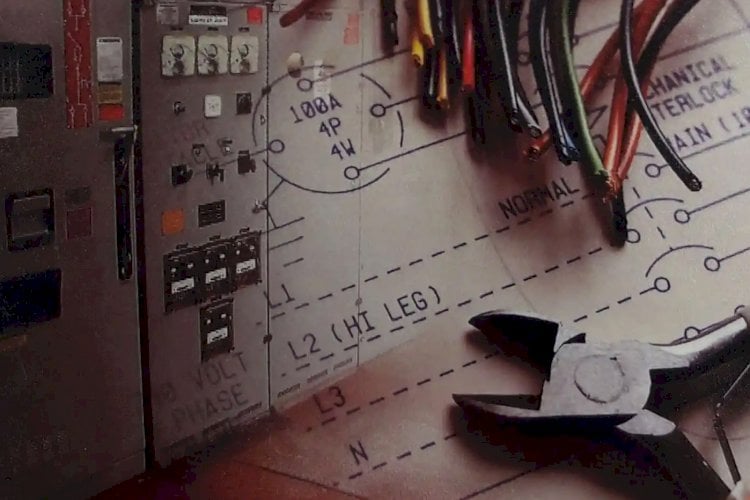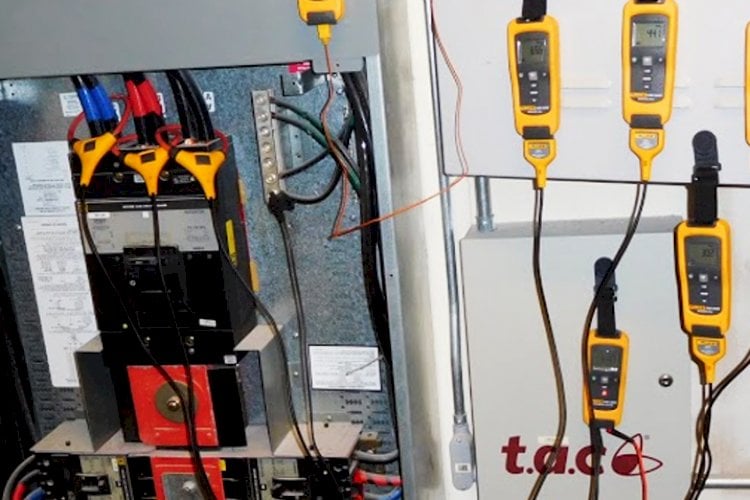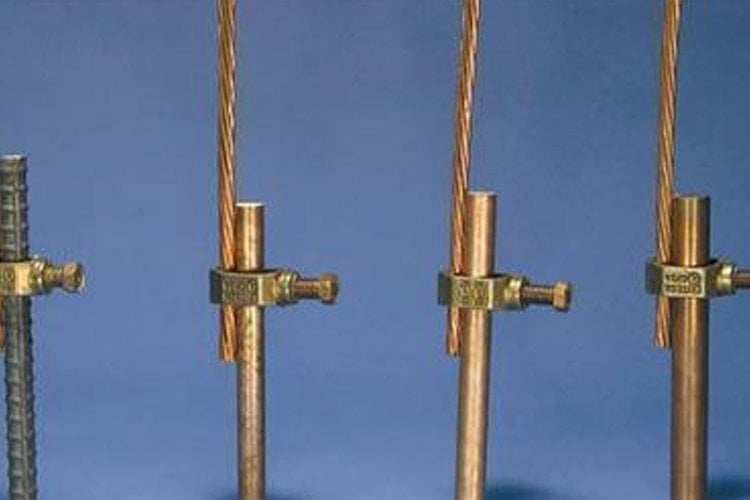
The National Electrical Code (NEC) is a vast and complex document. Even electrical engineers and electrical inspectors who spend most of their working hours inside the book will argue against anyone having a perfect understanding of these critically important standards.
This “imperfect understanding” of such an important document is caused by a number of factors related to any document whose contents are decided by committee, but we can squarely take aim at Article 100 “Definitions” as the starting point for much of the confusion. After all, why is it that after 100 years of Code you still have to look at the Handbook Commentary to understand many of the definitions?
For Grounding Engineers, Article 250 of the National Electrical Code (NEC) is our primary area of concern. Yet in just that one Article, only 29 pages long, the Code uses at least four (4) different terms to identify the neutral conductor!
The short summary here does not attempt to list specific examples, as the goal is to simply give you an overview of the bewildering array of “neutral conductor” terminology that is used in the Code and how the terms are intermixed, for your informational purposes.
Article 250 of the Code uses at least four (4) different terms to describe the neutral wire:
- Neutral Conductor – 250.20, 250.26, 250.36, 250.162, 250.166, 250.184, 250.187, and more
- Grounded Conductor – 250.24, 250.30, 250.34, 250.102, 250.186, and more
- Grounded Circuit Conductor – 250.24, 250.30, 250.32, 250.134, 250.140, 250.142, 250.186
- Ground Fault Circuit Conductor – 250.186 (2014 Edition only)
Special Note: The term “common conductor” which also refers to the neutral conductor can be found outside of Article 250 here:
- Common Conductor – 310.15, 400.5, Table 430.249, 610.14
Fortunately, the 2014 edition of the Code has removed the term "common conductor" from Article 250.26 (2011 edition). Unfortunately, in Article 250.186 (new in 2014), the Code decided to add the term "ground fault circuit conductor" instead of just calling it a neutral conductor (the old 250.186 was changed to 250.187). Fortunately, in 2017 the Code removed the term. With that said, the differing neutral conductor terminology is fairly easy to straighten out, unlike the jumper terminology. But that is for another blog in the future...
First, there are a few terms we should understand:
BOTH Current-Carrying, and Normally-Non-Current Carrying:
Grounded Conductor. A system or circuit conductor that is intentionally grounded.
ONLY Current-Carrying
Neutral Conductor. The conductor connected to the neutral point of a system that is intended to carry current under normal conditions.
ONLY Normally-Non-Current Carrying:
Equipment Grounding Conductor (EGC). The conductive path(s) that provides a ground-fault current path and connects normally non–current-carrying metal parts of equipment together and to the system grounded conductor or to the grounding electrode conductor, or both.
Grounding Electrode Conductor (GEC). A conductor is used to connect the system grounded conductor or the equipment to a grounding electrode or to a point on the grounding electrode system.
Grounding Electrode. A conducting object through which a direct connection to earth is established.
Note: additionally, there are at least eight (8) different terms used for the single term “jumper” in Article 250, some of which are normally-current-carrying, some are normally non-current-carrying, some are both, and most, if not all, are “grounded” at some point. However, this blog will not discuss these issues.
We point out the above definitions as one could make an argument that the code needs a single term, such as “the grounded conductor” to occasionally define both the normally-current-carrying-grounded-conductor (the neutral conductor) and the normally-non-current-carrying-grounded-conductor (any of the ground wires, such as the EGC, the GEC or the electrodes). Couldn’t the Code simply say “Neutral and Ground Conductors” instead of “Grounded Conductors” so that this is clearer?
Are you not confused already? This is a blog that is simply trying to clarify certain terminology… although even it may appear confusing to some readers! This should just emphasize to you how important it is that the Code utilizes the “find and replace” function to fix its terminology.
Now, we here at E&S are no fans of the term “Neutral” for defining the neutral conductor. Neutral sounds friendly and safe… when it is not! In our classes, we occasionally call it the “deadly death conductor” as one could argue that the neutral has taken more lives than phase wires over the years (I am not sure that is true, but we are confident that far more people have died from neutrals than anyone would be comfortable with). Neutral conductors are normally-current-carrying and can kill you as easily as any phase wire. This fact alone means that the terminology for such a hazardous conductor should not be mixed up with the safe ones, ever.
Perhaps this is why over the years we have seen different terms for the neutral such as Common Conductor or Return Conductor. Perhaps “Deadly Death Conductor” is a bit overboard… and maybe it is far too late to change the name from “Neutral Conductor” to “Return Conductor” or whatever better name there may be for a normally-current-carrying conductor that doesn’t sound so friendly. How many non-electrical folks do you think have been injured over the years thinking that the neutral wire is safe?
Whatever name the Authors of the Code decide to go with, it needs to eliminate all the other terms: Common Conductor, Grounded Circuit Conductor, Ground-Fault Circuit Conductor, etc., all need to go away across the entire Code.
Additionally, the term “Grounded Conductor” needs to be eliminated and replaced with two (2) terms: one to indicate the normally-current-carrying Neutral Conductor, and another with a single term to indicate the normally-non-current-carrying conductors, i.e., “Ground Conductor”. When the code does need to refer to both conductors, it can do so simply by using the two terms, instead of a combined term that confuses everyone.
In the final analysis, just how many terms for the Neutral Conductor do we really need? We vote that we only need one. Perhaps the Code writers will soon decide to finally clean up this terminology – and smartly use the “replace” function in Word? If they do, they will be providing a long-needed improvement that will benefit everyone that relies upon the Code.





